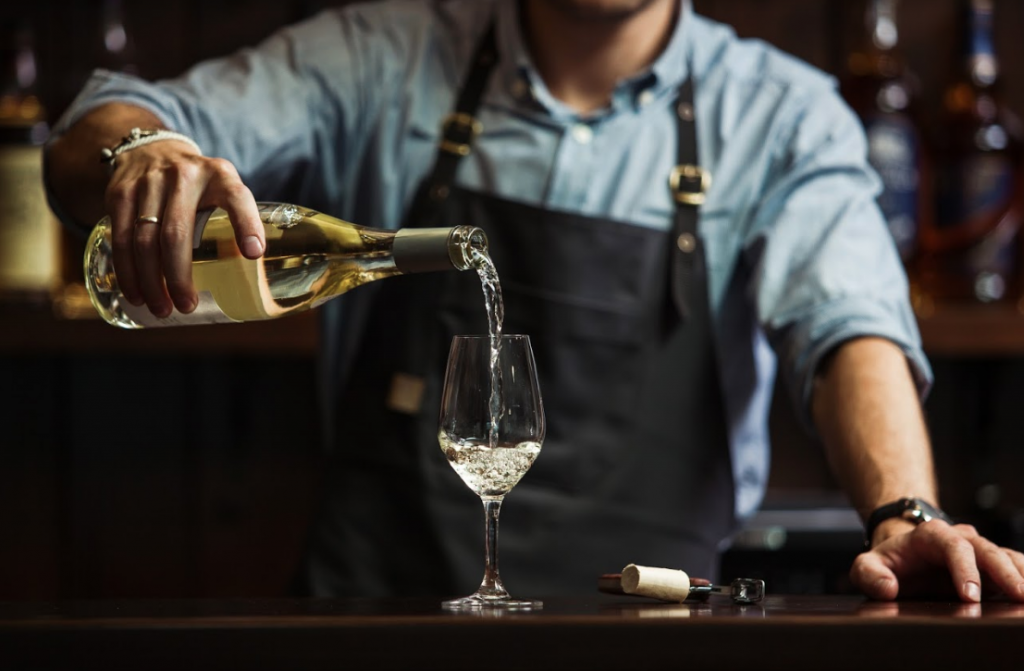If you’re fascinated about beginning a wine trade, listed here are some details that will separate you from the remaining!
There’s a second in each vineyard’s expansion the place what labored superb for small batches all of sudden turns into a bottleneck. The apparatus that treated 50 instances begins suffering at 500. The closure way that gave the impression ok starts appearing inconsistencies. Those transitions divulge one thing vital: skilled bottling isn’t simply scaled-up passion paintings—it’s a fully other solution to high quality keep an eye on and consistency.
Maximum small manufacturers don’t understand what number of variables impact their ultimate product till one thing is going unsuitable. A batch that tasted best possible within the barrel displays untimely oxidation six months later. Shoppers document off-flavors. Returns pile up. The issue generally strains again to choices made all the way through bottling, when dozens of small possible choices both lock in high quality or introduce issues that most effective seem later.
The Closure Query Everybody Ultimately Faces
Stroll into any wine dialogue, and the cork as opposed to screw cap debate comes up inside mins. However right here’s what makes this determination extra advanced than most of the people suppose: it’s no longer truly about which closure is “higher.” Other wine types want other oxygen transmission charges. A gentle white wine heading to marketplace inside months has totally other necessities than a Cabernet intended for decade-long ageing.
Herbal cork stays the usual for top rate wines, however no longer all cork plays the similar method. High quality grades range considerably in accordance with density, porosity, and the way the cork was once harvested and processed. Skilled operations supply corks for bottles in accordance with explicit technical specs matched to their wine taste, fairly than simply ordering no matter’s most cost-effective or maximum to be had.
The problem displays up in consistency. A passion vineyard may hand-select corks and manually check up on each and every one. That works for 20 instances. At manufacturing scale, high quality keep an eye on must occur on the provider stage, with certifications and batch checking out that ensure efficiency throughout 1000’s of devices. That is the place relationships with specialised providers change into treasured—they care for the standard screening that exact wineries can’t successfully set up themselves.
Apparatus That In reality Fits Manufacturing Fact
Small-scale manufacturers incessantly get started with guide or semi-automatic bottling apparatus. You keep an eye on the fill stage via eye, practice corks with a hand corker, and label bottles one after the other. It’s sluggish, nevertheless it works. The shift to skilled operation calls for rethinking this complete procedure.
Skilled bottling strains handle constant fill ranges inside millimeters, practice closures with calibrated force, and examine seal integrity as bottles transfer via. The funding turns out steep till you calculate the price of inconsistent fills, failed seals, or broken corks throughout loads of instances. One batch of issues can wipe out the financial savings from less expensive apparatus.
However get this—the apparatus determination isn’t almost about pace. It’s about repeatability. A qualified filler delivers the similar headspace in bottle 1 and bottle 1,000. A high quality corking system applies equivalent compression pressure each time. This consistency issues extra as quantity will increase, as a result of guide correction turns into unimaginable at scale.
The Timing Variables No one Talks About
When to bottle issues greater than maximum winemakers understand. The wine must be solid—totally degassed if it’s a nonetheless wine, correctly cold-stabilized, filtered to the fitting stage. Rush this procedure, and issues emerge months later when wine continues evolving within the bottle.
Skilled operations take a look at for balance markers earlier than bottling. Dissolved oxygen ranges, microbial balance, tartrate balance—those aren’t simply technical main points. They’re predictors of the way the wine will behave over its shelf lifestyles. Passion wineries incessantly skip those assessments and hope for the most efficient. Skilled manufacturers construct checking out into their usual procedure as a result of discovering issues earlier than bottling prices not up to coping with returns later.
The bottling surroundings itself creates variables. Temperature impacts fill accuracy and cork insertion. Humidity affects label adhesion. Even time of day issues when apparatus runs otherwise at quite a lot of temperatures. Skilled operations keep an eye on those variables. Passion setups incessantly don’t even measure them.
High quality Keep an eye on That In reality Catches Issues
Right here’s the place the distance between passion {and professional} truly displays: systematic quality control. Strolling the bottling line and eyeballing bottles catches obtrusive issues. It misses the sophisticated problems that compound through the years.
Skilled operations pattern frequently all the way through each and every bottling run. They take a look at fill ranges with measuring gear, take a look at closure utility pressure, examine tablet placement, check up on labels for alignment and adhesion. Some run leak assessments on pattern bottles. Others use optical sensors to catch defects human eyes may pass over all the way through high-speed runs.
The documentation issues too. Skilled wineries observe which a lot were given bottled when, with which closure batch, on which apparatus. When an issue seems months later, this traceability permits them to establish whether or not it’s remoted to precise bottles or systemic throughout a manufacturing run. Passion operations hardly handle this stage of element, which makes fixing high quality problems most commonly guesswork.
Garage and Dealing with After the Cork Is going In
Bottling doesn’t finish when the closure is going in. Skilled operations know that freshly bottled wine wishes time to get better from the oxygen publicity and bodily agitation of bottling. They retailer bottles upright first of all, then transfer them to their aspect as soon as seals have set correctly. They keep an eye on garage temperature and humidity to stop untimely ageing or label injury.
The logistics aspect creates demanding situations too. Skilled operations plan garage, cargo, and stock control earlier than they begin bottling. They know precisely the place bottles pass after filling, how they’ll be packed, and once they’ll send. This making plans prevents bottles from sitting in deficient stipulations whilst somebody figures out subsequent steps.
Making the Transition With out Breaking The whole lot
Maximum wineries don’t leap from passion to skilled in a single day. They scale regularly, upgrading apparatus and processes as quantity justifies funding. The hot button is figuring out which enhancements topic maximum at each and every degree.
Early on, center of attention on closure high quality and fill consistency—those impact each bottle. As quantity grows, put money into environmental controls and systematic checking out. Ultimately, automatic high quality tests and detailed monitoring methods change into profitable. Skilled manufacturers didn’t get started with best possible methods. They constructed them piece via piece, prioritizing enhancements that solved precise issues fairly than chasing theoretical perfection.
The variation between passion {and professional} bottling displays up in what occurs six months, a 12 months, or 5 years after bottling. Skilled operations make choices that give protection to high quality through the years, even if the ones choices value extra in advance. That’s what separates wine that simply makes it into bottles from wine that builds an enduring emblem popularity.





